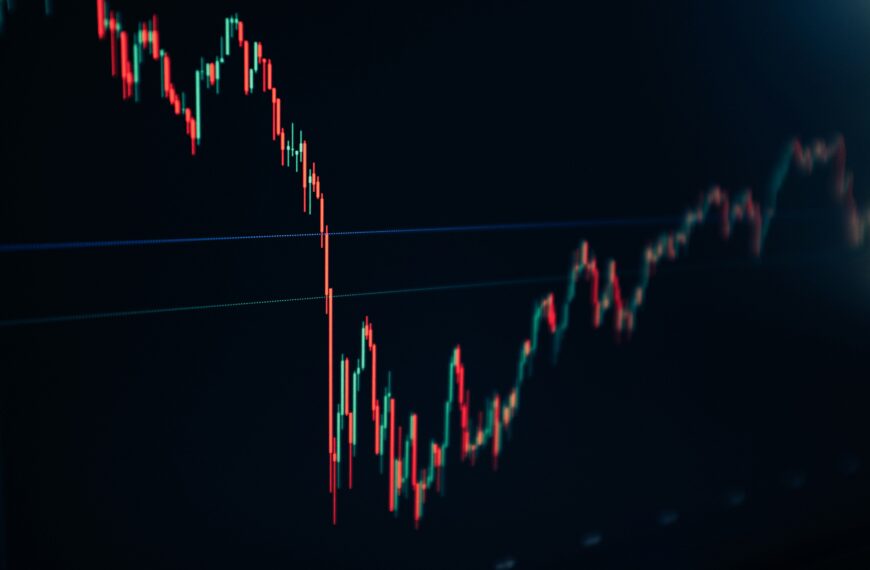Understanding Bitcoin Price Dynamics
The cryptocurrency market has always been a subject of intense scrutiny and analysis, particularly Bitcoin, which remains the leading digital asset. As investors and traders look to make sense of price movements, daily chart analyses become crucial tools. Recent trends suggest that the Bitcoin price is hinting at accumulation, even as momentum indicators present a divided outlook.
The Current Market Landscape
In the ever-evolving world of Bitcoin trading, understanding the market dynamics is essential. As of now, Bitcoin has shown some signs of a potential accumulation phase. This phase is characterized by a steady increase in buying interest, often leading to higher price levels over time.
Key indicators to watch include:
Accumulation Phase Explained
Accumulation refers to a period where investors begin to buy an asset, expecting its value to increase in the future. This phase often occurs after a downtrend, where the price stabilizes and begins to show signs of recovery.
In the case of Bitcoin, the daily chart may reveal that buyers are gradually stepping in, which is a positive sign. Typically, during accumulation, the following characteristics are observed:
Understanding Diverging Momentum
While the price may indicate accumulation, momentum indicators can present a different story. Diverging momentum occurs when the price moves in one direction while momentum indicators trend in another. This divergence can signal potential reversals or corrections.
The two primary types of momentum indicators used in Bitcoin analysis are:
When analyzing the current Bitcoin market, it is crucial to consider how these indicators interact with price movements. If prices are rising but momentum indicators are declining, it may suggest that the rally lacks strength and could be unsustainable.
Technical Analysis: Key Levels to Monitor
For traders and investors, understanding key technical levels can provide valuable insights into potential price movements. Here are some critical levels to keep an eye on:
When Bitcoin approaches these levels, it can create trading opportunities for both short-term and long-term investors.
Market Sentiment and External Factors
Market sentiment plays a pivotal role in Bitcoin’s price movement. Factors such as regulatory developments, macroeconomic trends, and market news can significantly influence investor behavior.
Investors should remain informed about external factors that may affect Bitcoin prices, including:
- Regulatory Changes: New regulations can impact trading volumes and investor confidence.
- Technological Developments: Innovations within the Bitcoin ecosystem, such as updates or improvements to the network, can influence market perception.
- Global Economic Trends: Economic conditions, including inflation rates and interest rates, can affect investor appetite for risk assets like Bitcoin.
Conclusion: Navigating the Bitcoin Market
In conclusion, the current analysis of Bitcoin’s price action suggests a potential accumulation phase, despite diverging momentum indicators. Understanding the intricacies of technical analysis, key market levels, and the influence of external factors is vital for making informed trading decisions.
As the cryptocurrency market continues to evolve, staying updated on market trends and sentiment will be essential for both new and seasoned investors. By carefully monitoring price movements and momentum indicators, traders can position themselves to capitalize on potential opportunities in the dynamic world of Bitcoin.
In this ever-changing landscape, a strategic approach to trading will help investors navigate the complexities of the market and make educated decisions. As always, due diligence and caution are key components of successful cryptocurrency investing.






